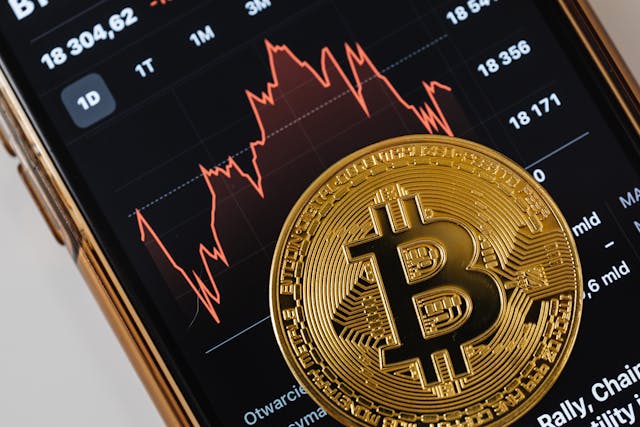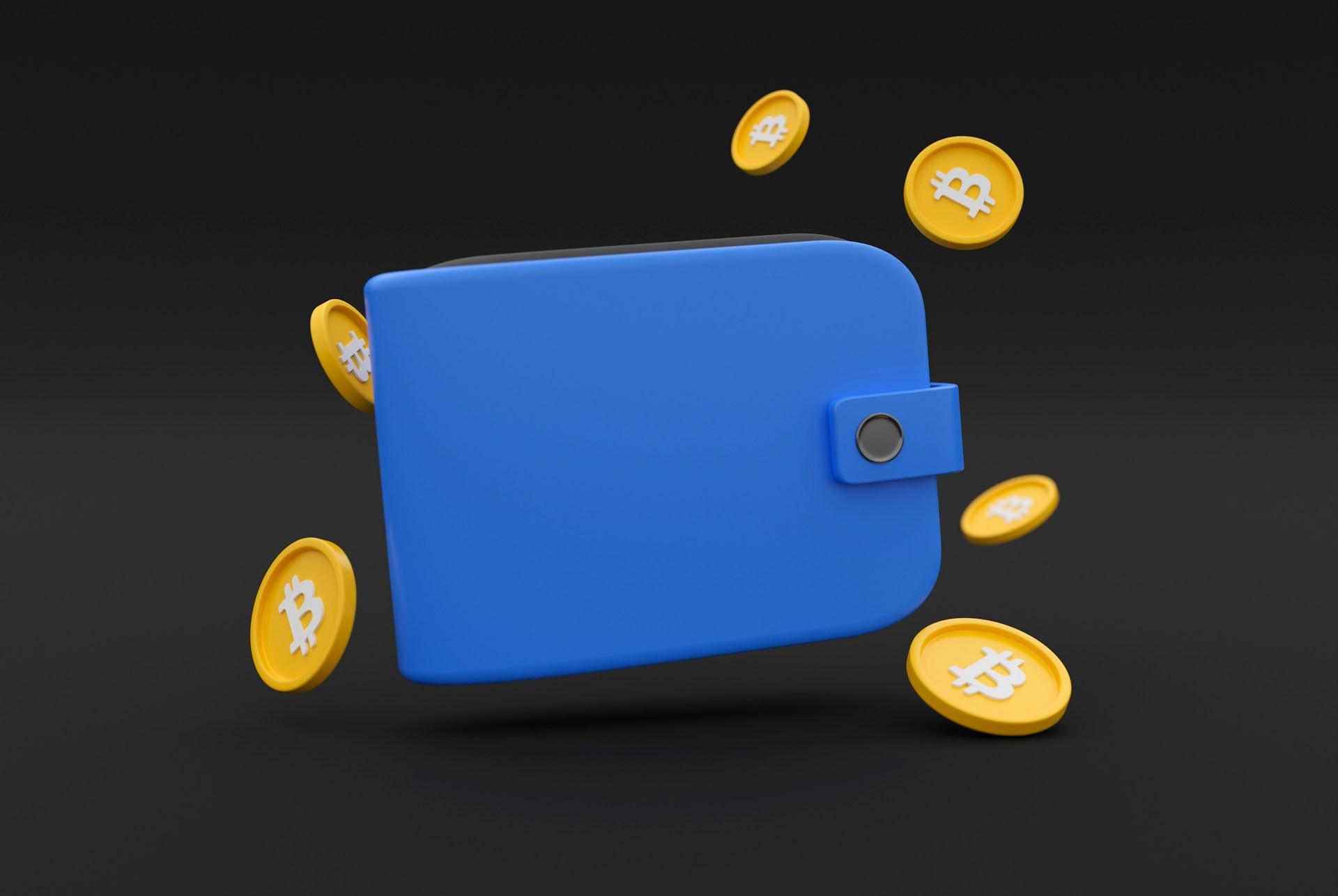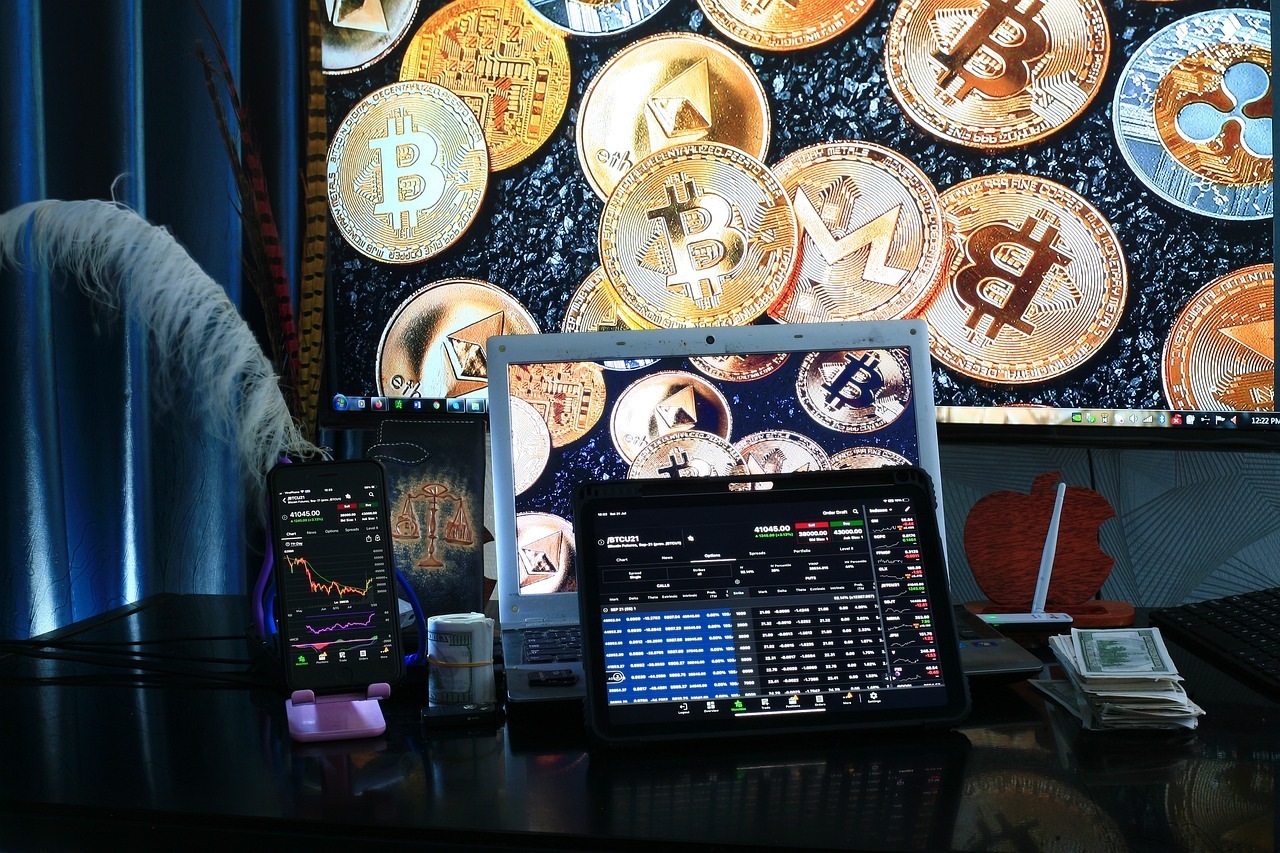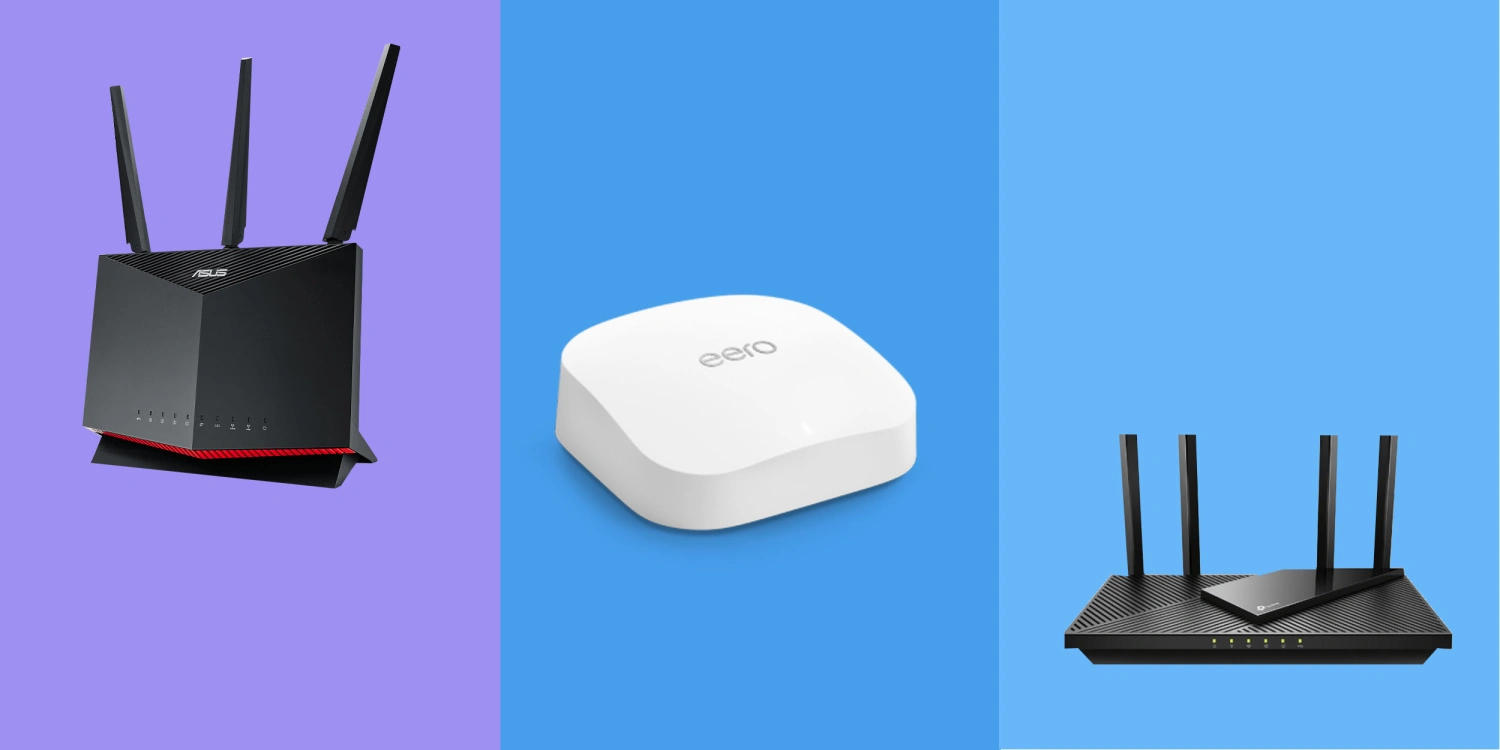
Protect Your Digital Wealth!
Introduction
The rise of cryptocurrencies has brought about a new era of financial freedom and innovation. However, with this freedom comes significant responsibility. Securing your digital wealth is paramount in a world where cyber threats are ever-present. As someone who has been involved in the crypto space for years, I’ve seen firsthand the devastating impact of security breaches. In this article, I’ll share practical tips and strategies to help you protect your digital assets effectively.
Understanding the Risks
Types of Cyber Threats
The first step in securing your cryptocurrency is understanding the various threats that exist. Common cyber threats include:
- Phishing: Fraudulent attempts to obtain sensitive information by disguising as trustworthy entities.
- Hacking: Unauthorized access to your digital assets or accounts.
- Malware: Malicious software designed to damage or disrupt your devices.
Real-World Examples
Consider the infamous Mt. Gox hack of 2014, where hackers stole 850,000 Bitcoins, leading to the exchange’s bankruptcy. More recently, phishing attacks have targeted users on platforms like Binance and Coinbase, tricking them into revealing their login credentials.
Importance of Security
These incidents highlight the critical importance of robust security measures. Protecting your digital wealth not only safeguards your investments but also contributes to the overall integrity and trustworthiness of the cryptocurrency ecosystem.
Choosing the Right Wallet
Types of Wallets
Selecting the right wallet is crucial for securing your cryptocurrency. There are three main types of wallets:
Hardware Wallets: Physical devices that store your cryptocurrencies offline. They are highly secure and immune to online hacking attempts. Recommended brands include Ledger and Trezor.
Software Wallets: Applications you can install on your computer or smartphone. While convenient, they are more vulnerable to online threats. Popular options include Exodus and Electrum.
Paper Wallets: Physical pieces of paper with your private and public keys printed on them. They are secure from online attacks but can be easily lost or damaged.
Setting Up and Using Wallets Safely
Creating Strong Passwords
A strong password is your first line of defense. Use a combination of upper and lower case letters, numbers, and special characters. Avoid using easily guessable information like birthdays or common words.
Two-Factor Authentication (2FA)
Enabling two-factor authentication adds an extra layer of security. It requires a second form of verification, typically a code sent to your mobile device, in addition to your password.
Backup and Recovery
Always back up your wallet’s private keys and recovery phrases. Store these backups in secure, separate locations to prevent loss due to theft, fire, or other disasters.
Regular Updates
Ensure that your wallet software is always up to date. Updates often include security patches that protect against newly discovered vulnerabilities.
Securing Your Devices
Device Security
The security of your devices is paramount. Ensure your computer and smartphone are protected by the latest antivirus and anti-malware software. Regularly scan your devices for threats.
Antivirus and Anti-Malware Software
Use reputable antivirus and anti-malware programs. These tools can detect and remove malicious software that could compromise your security.
Firewall and VPN
A firewall monitors incoming and outgoing network traffic and blocks unauthorized access. A VPN (Virtual Private Network) encrypts your internet connection, protecting your online activities from prying eyes.
Protecting Against Phishing and Scams
Recognizing Phishing Attempts
Phishing attacks often come in the form of emails or messages that appear to be from legitimate sources. Look out for generic greetings, urgent language, and suspicious links. Never click on links or download attachments from unknown sources.
Verifying URLs and Sources
Always double-check URLs before entering sensitive information. Official websites will have secure connections, indicated by “https” in the address bar. Bookmark official sites to avoid visiting fraudulent ones.
Avoiding Scams
Be wary of offers that seem too good to be true. Scammers often use promises of high returns to lure victims. Research thoroughly and only invest through reputable platforms.
Safe Trading Practices
Choosing Secure Exchanges
When selecting a cryptocurrency exchange, consider factors like security measures, reputation, and user reviews. Exchanges like Binance, Coinbase, and Kraken are known for their robust security features.
Using Secure Networks
Avoid conducting transactions over public Wi-Fi networks. Use secure, private networks to protect your data from potential hackers.
Monitoring Accounts
Regularly check your accounts for any suspicious activity. Set up alerts for transactions and logins to stay informed about your account’s status.
Advanced Security Measures
Cold Storage
Cold storage refers to keeping your cryptocurrencies offline, away from internet access. Hardware wallets are a popular cold storage solution, providing high security for long-term holdings.
Multi-Signature Wallets
Multi-signature wallets require multiple private keys to authorize a transaction. This adds an extra layer of security, making it harder for unauthorized parties to access your funds.
Security Audits
Regularly audit your security measures and practices. Review and update your security settings periodically to address new threats and vulnerabilities.
Staying Informed and Updated
Continuous Learning
The crypto landscape is constantly evolving. Stay informed about new security threats, technological developments, and best practices by following reputable news sources and joining online forums.
Engaging with the Community
Participating in crypto security forums and groups can provide valuable insights and support. Engaging with the community helps you stay updated and learn from the experiences of others.
Following Security News
Keep up with the latest security news from sources like CoinDesk, CoinTelegraph, and security-focused blogs. Staying informed helps you anticipate and counter emerging threats.
Conclusion
Securing your digital wealth requires a proactive approach and continuous vigilance. By understanding the risks, choosing the right wallet, securing your devices, and staying informed, you can protect your cryptocurrency investments effectively. Remember, the key to security is consistency and vigilance. Implement these strategies and protect your digital assets from potential threats.
Additional Resources
Glossary of Terms
- Phishing: Fraudulent attempts to obtain sensitive information by disguising as a trustworthy entity.
- Cold Storage: Storing cryptocurrencies offline to prevent unauthorized access.
- Two-Factor Authentication (2FA): An additional layer of security requiring a second form of verification.
Recommended Books and Articles
- “Mastering Bitcoin” by Andreas M. Antonopoulos
- “The Basics of Bitcoins and Blockchains” by Antony Lewis
Helpful Tools and Platforms
- Ledger: A hardware wallet for secure cryptocurrency storage.
- Exodus: A user-friendly software wallet.
- CoinTracker: A tool for tracking crypto transactions and tax reporting.
By following these guidelines and continuously improving your security practices, you can safeguard your digital wealth and enjoy the benefits of cryptocurrency with peace of mind.







